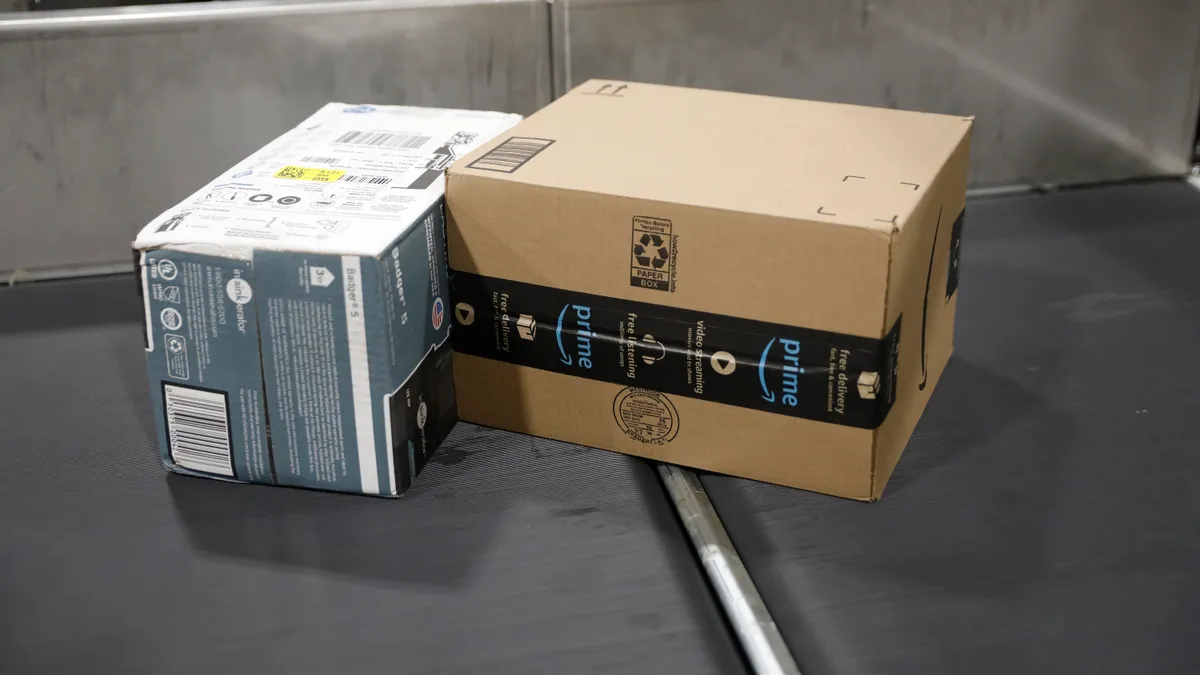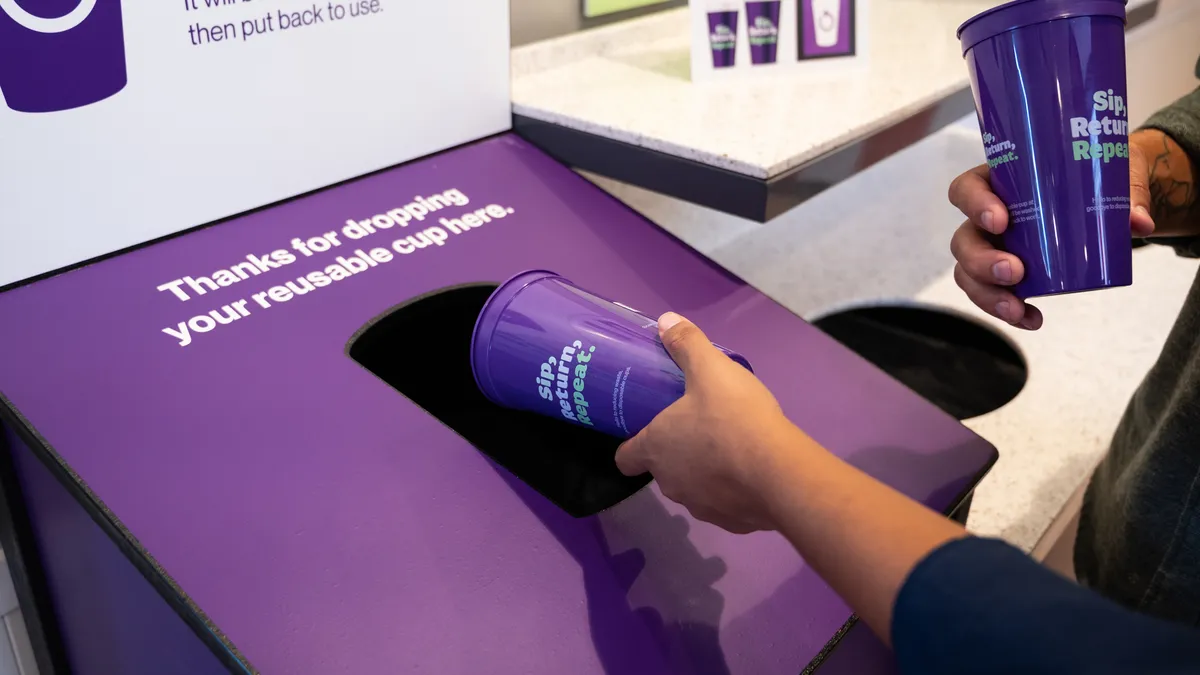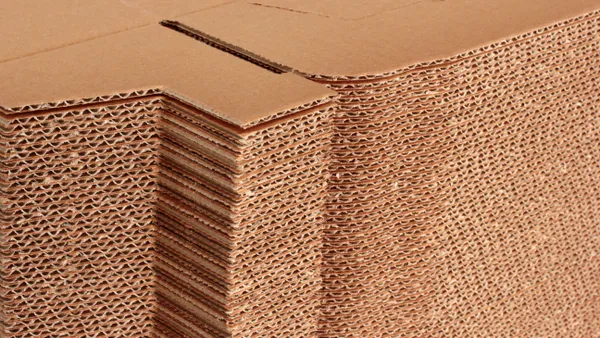Ah, the holidays. A time when gift givers enter stealth mode and craftily hide packages to prevent prying eyes from ruining surprises. Except in the age of e-commerce, disappointment abounds when gift contents are revealed for all to see as products increasingly are shipped in their own packaging.
“The push for more sustainable packaging, that's definitely admirable and what everybody's going with,” but there are also challenges with ships in own container (SIOC), said Charles Haverfield, CEO at U.S. Packaging and Wrapping. “It's going to be very visible to kids or any adults or anybody that you're getting presents for ... and it can be more at risk for 'porch piracy.'"
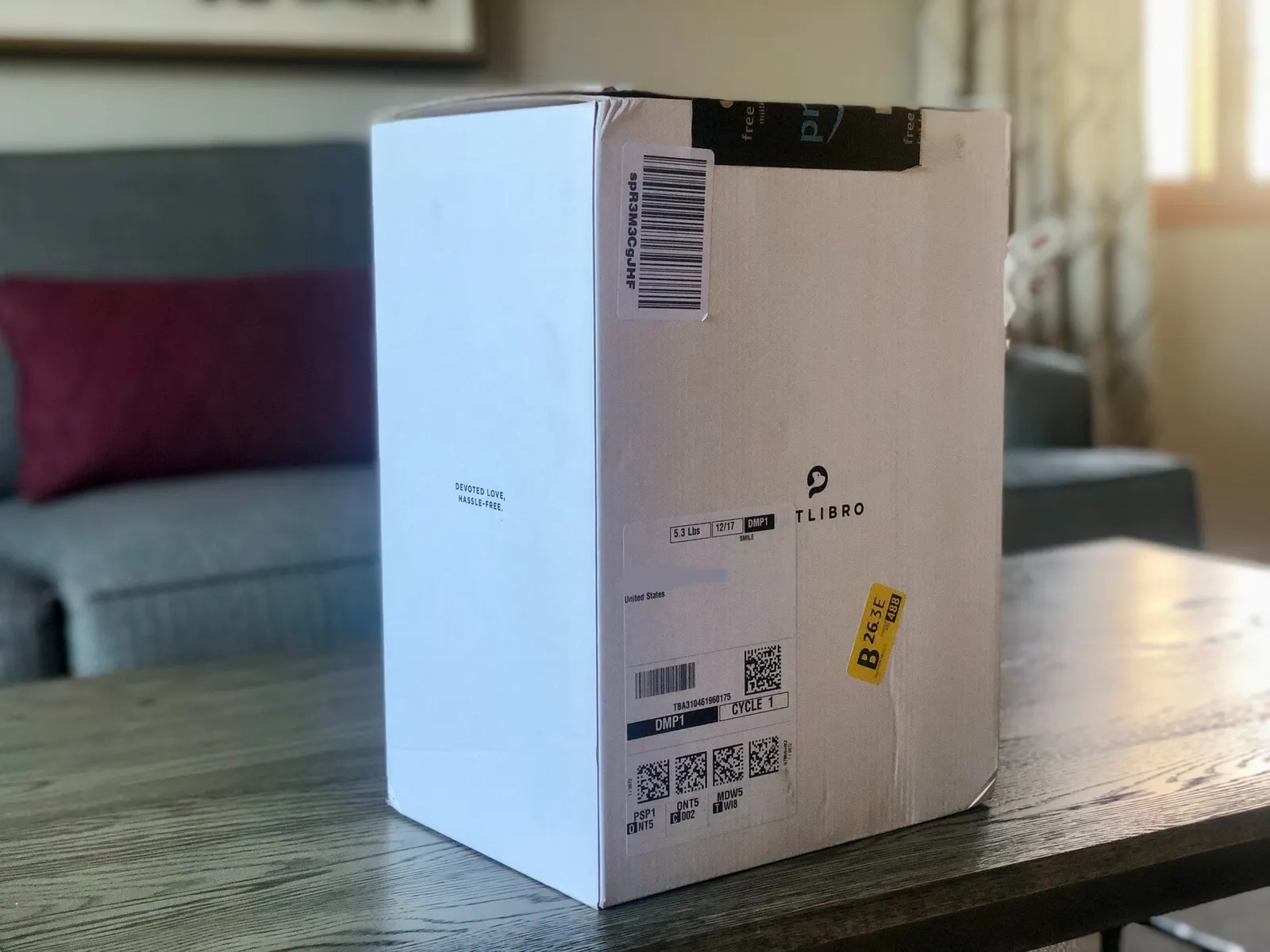
Products also can be more susceptible to damage without secondary packaging, he said, negating the entire reason for packaging: to protect the product inside.
“The large brands, Amazon and Walmart, are pushing more towards [SIOC]. I think that it will be interesting over time to see what kind of [damage] claims they end up having,” Haverfield said.
To that point, Amazon stresses that “we work with manufacturers to design their packaging to be able to safely and securely ship without the need for extra packaging,” said Kayla Fenton, senior manager of packaging innovation at Amazon. Products go through a series of tests in alignment with the International Safe Transit Association to ensure they’re a good fit for SIOC, according to Fenton.
While “we know that during the holidays customers may want to keep more of their deliveries as a surprise” and that comes with challenges, SIOC actually is more convenient for consumers, Fenton said. Less packaging means less material that consumers have to figure out how to manage after delivery. Amazon also prominently alerts consumers at checkout when a product will ship in its own packaging and allows the user to add Amazon’s secondary packaging at no cost, Fenton explained.
“We definitely see that option to select Amazon packaging at checkout as a critical pillar of this program, and we wouldn't be growing our SIOC share unless we had that protection and optionality for customers available,” Fenton said.
SIOC is not a brand new concept. And neither is the problem of gift surprises being ruined. Consumers have taken to social media for years to blame e-commerce companies for revealing product secrets with SIOC.
@AmazonUK Thank you for nearly ruining a child’s Christmas #bahhumbug pic.twitter.com/TZiuKQgl2u
— lesley ewing (@lesleyewing35) November 18, 2017
However, the recent surge in SIOC use by small and large e-commerce players alike is renewing attention to the matter. SIOC is a trend that's driving packaging evolutions, according to speakers at October's E-PACK event in Chicago.
Walmart has SIOC standards and in certain cases requires partners to use this practice, stating "These items will not be over boxed by Walmart prior to shipment.” This year the company announced a series of complementary changes to online order packaging to reduce waste and boost sustainability, including more package rightsizing. Similarly, Amazon announced measures to reduce e-commerce packaging, including an expansion of its “Ships in Product Packaging” program in 2024.
Some shippers either curtail SIOC or modify packaging at this time of year — if not year-round — to alleviate consumer privacy concerns. Lego e-commerce boxes, for example, bear printed messages explaining that the secondary packaging’s plainness is intentional to “help gift givers keep their secrets!”
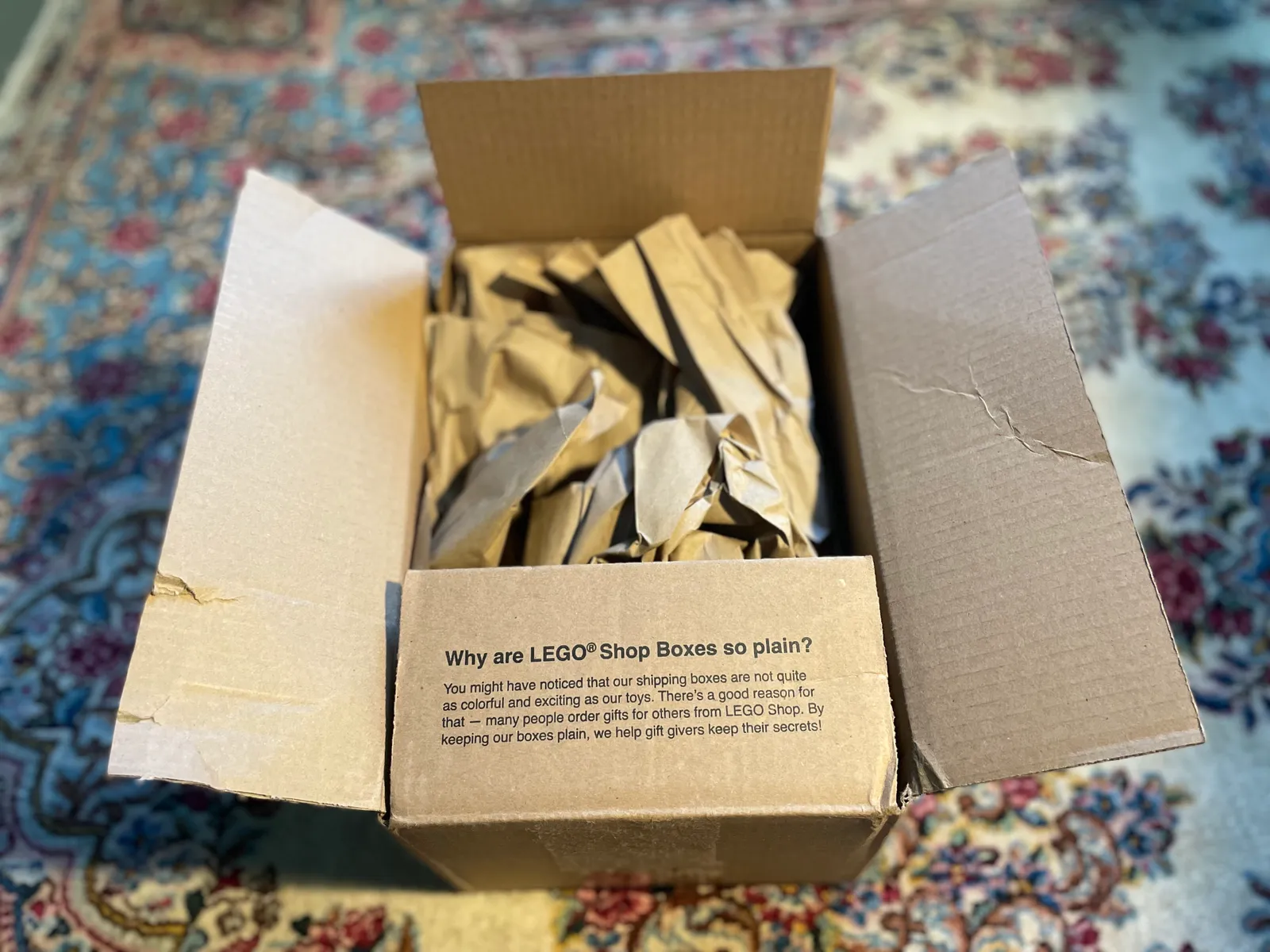
The reality is that SIOC isn't going anywhere except up, at least for now, so it's incumbent on product and packaging manufacturers to collaborate with e-commerce retailers on solutions. And in some cases, they already are. International Paper is among the companies offering SIOC-specific solutions, including its bag-in-box product for shipping liquids.
“The larger brands are really trying to move it forward. So I could see manufacturers and producers over time going ahead and adapting this within the manufacturing process, to where these packages can be shipped without damage," Haverfield said.
Beyond opting for secondary packaging at checkout, Amazon suggests other workarounds to keep gifts secret — not just during the holidays but throughout the year: Users can disable Alexa delivery notifications or ship items to a secure locker instead of a residential address.
“We know it's more important during the holidays to give customers options and choice for how they're going to receive their deliveries,” Fenton said.



